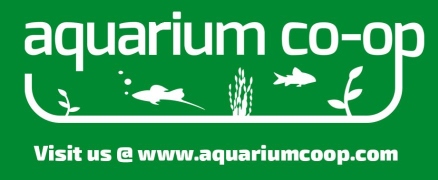I use a low-temp mixing valve to get the temperature right. Is just like the mixing valve for your shower but it works on a lower temperature range. Since I have a tankless water heater, once you dial in the mixing valve setting, it mixes the hot and cold to the precise temperature. In my case, it comes out at 80F. To resolve the initial temperature flutuation as well as neutralze the chlorine, the water would go into a barrel. I then use a peristaltic pump to dispense sodium thiosulfate into the barrel. To figure out what conc. of sodium thiosulfate to use, you will need to call to find out the chlorine conc. being used in the municipal water. I double that conc. to make sure even a temporary chlorine spike can be neutralized (a proper sized tubing for the peristaltic pump is then determined to deliver the correct concentration). Other factors like how many gallon per minute flow rate will also need to be considered, so I also attached an inline digital flow meter that also tell me the cumulative water volume.
Now, to make everything fully automated, optical water level sensors are used to detect when the barrel is 'empty' or 'full' and turn the water/pump 'on' or 'off'. I am planning to evaluate ultrasonic water level sensor that sits out of water (on top of the container) which requires much less maintenance as well as lower failure rate. Ultrasonic water level sensor requires abit more initial setup like calibrating the water levels, as well as issues like tank depth/width limitations that interfere with the ultrasonic waves, sensor placement, condensation issue, etc.


